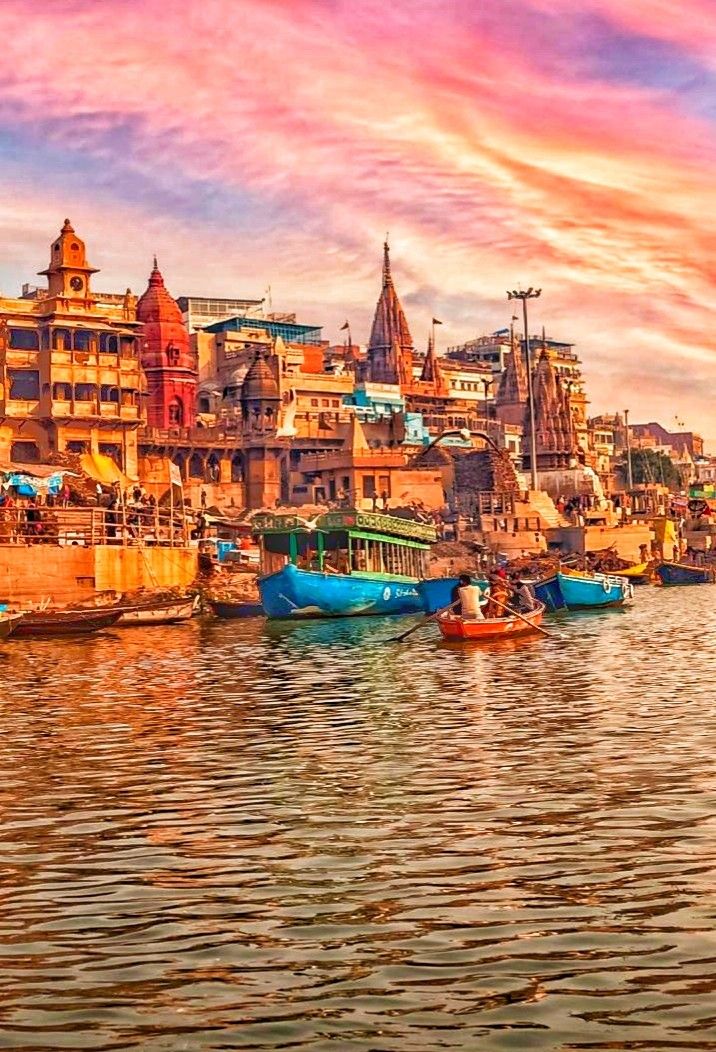7 Powerful Reasons Why the Ganga River is the Lifeline of India
Introduction
The Ganga, often called the “Mother Ganga”, is not just a river—it is a spiritual, cultural, and economic lifeline for millions of people. Flowing across 2,525 km, it is the longest and most sacred river in India, revered by Hindus and deeply embedded in the country’s history and traditions.
From its glacial origins in the Himalayas to its vast delta in the Bay of Bengal, the Ganga impacts daily life in countless ways. In this article, we explore the history, significance, daily impact, and fascinating facts about this revered river.
Biography of the Ganga – The Sacred River of India
- Name: River Ganga (Ganges)
- Source: Gangotri Glacier, Uttarakhand
- Length: 2,525 km
- Major Tributaries: Yamuna, Ghaghara, Gandak, Kosi, Son
- Countries: India & Bangladesh
- Mouth: Bay of Bengal
The Ganga is not just a water body; it represents purity, divinity, and life. Millions of people worship it daily, believing its water can cleanse sins and bring salvation.
History of the Ganga – A River of Legends and Civilization
The history of the Ganga is deeply rooted in Indian mythology, religion, and civilization:
- Mythological Origins: According to Hindu beliefs, Goddess Ganga descended from the heavens to Earth through the locks of Lord Shiva to purify mankind.
- Ancient Civilizations: The Indus Valley Civilization and the Vedic Age flourished along the banks of the Ganga. It has been a center for trade, agriculture, and settlements for over 5,000 years.
- Religious Importance: Cities like Varanasi, Haridwar, Rishikesh, and Prayagraj are built around the river and serve as major pilgrimage sites.
- Colonial & Modern Times: The British used the Ganga as a vital trade route, and even today, it remains an important commercial waterway.
Daily Life Impact of the Ganga River
The Ganga affects the daily life of over 500 million people, making it one of the most important rivers in the world.
- Water Source – Provides drinking water to millions in northern and eastern India.
- Agriculture – Supports irrigation and helps grow crops like rice, wheat, and sugarcane.
- Religious & Cultural Importance – Used for rituals, prayers, and religious festivals like Kumbh Mela.
- Economic Importance – Serves as a major trade and transport route.
- Biodiversity – Home to the endangered Ganges river dolphin, turtles, and various aquatic species.
- Spiritual & Healing Beliefs – Many believe Ganga Jal (water) has healing properties and use it in daily prayers.
- Tourism – Attracts millions of pilgrims and travelers from across the world.
7 Fascinating Facts About the Ganga River
- The Ganga is One of the Oldest Rivers in the World – It has been flowing for millions of years.
- Ganga Water is Naturally Antiseptic – Studies show that its water contains bacteria-killing properties.
- World’s Largest Religious Gathering Happens on the Ganga – The Kumbh Mela attracts over 100 million pilgrims.
- Home to the Rare Ganges River Dolphin – These dolphins are an endangered species found only in the Ganga.
- The Ganga is Mentioned in Hindu, Buddhist, and Jain Texts – It is sacred across multiple religions.
- Varanasi, on the Banks of the Ganga, is the World’s Oldest Living City – It has been continuously inhabited for over 3,000 years.
- Ganga is the Only River Worshipped as a Goddess – Hindus consider it a divine mother who grants moksha (liberation).
Significance of the Ganga in Society
The Ganga is more than a river—it is a symbol of life, purity, and faith. It influences:
- Spirituality & Religion – Used in Hindu rites, last rituals, and daily prayers.
- Economic Growth – Supports fishing, trade, and industries.
- Culture & Literature – Poets, saints, and writers have praised its beauty for centuries.
- Environment & Ecosystem – Supports forests, wildlife, and marine life along its course.
However, the Ganga faces challenges like pollution and industrial waste, leading to conservation efforts such as the Namami Gange Project by the Indian government.
Observance & Celebrations Related to the Ganga
- Ganga Dussehra: Celebrated in June, marking the descent of Goddess Ganga to Earth.
- Kumbh Mela: The world’s largest pilgrimage, held every 12 years at four locations along the Ganga.
- Chhath Puja: Devotees worship the Sun God and offer prayers along the riverbanks.
Wishing Someone with Ganga Blessings
If you want to send positive wishes using the symbolism of the Ganga, here are some thoughtful ideas:
- “May your life flow smoothly like the holy waters of the Ganga, full of purity and prosperity!”
- “Wishing you the strength and serenity of Mother Ganga on your journey!”
- “May the blessings of Ganga Maa bring peace and happiness to your life!”
FAQs About the Ganga River
1. Why is the Ganga so sacred?
The Ganga is believed to be a divine river that purifies sins and leads to salvation.
2. Which states does the Ganga flow through?
It flows through Uttarakhand, Uttar Pradesh, Bihar, Jharkhand, and West Bengal before entering Bangladesh.
3. Why is the Ganga facing pollution issues?
Industrial waste, sewage disposal, and human activities contribute to pollution, but cleanup projects are in progress.
4. What is the best place to experience the Ganga?
Varanasi, Haridwar, and Rishikesh are the best places to witness Ganga Aarti and take a holy dip.
5. What is the Ganga Aarti?
A grand prayer ceremony held every evening in places like Varanasi and Haridwar, where devotees offer lamps to the river.
Final Thoughts
The Ganga is not just a river; it is India’s identity, heritage, and soul. It has nurtured civilizations, inspired devotion, and sustained life for centuries. Despite challenges, efforts to preserve and protect this mighty river continue.
Let us respect and save the Ganga, ensuring it remains pure for future generations! 🙏🌊











I really appreciate this post. I’ve been looking all over for this! Thank goodness I found it on Bing. You’ve made my day! Thx again!